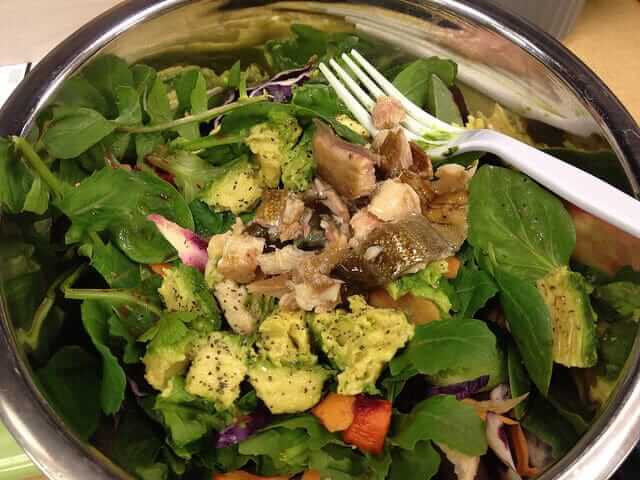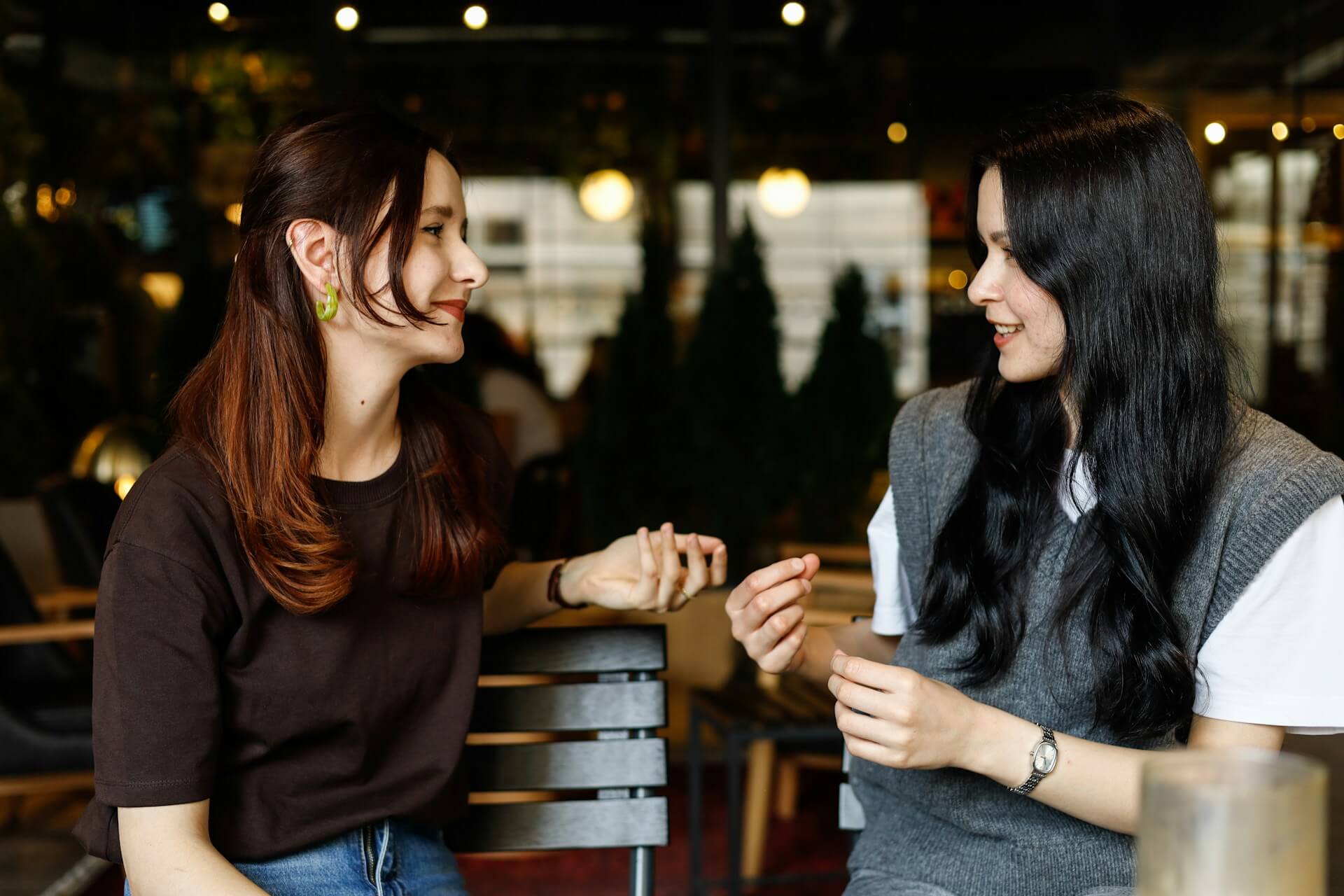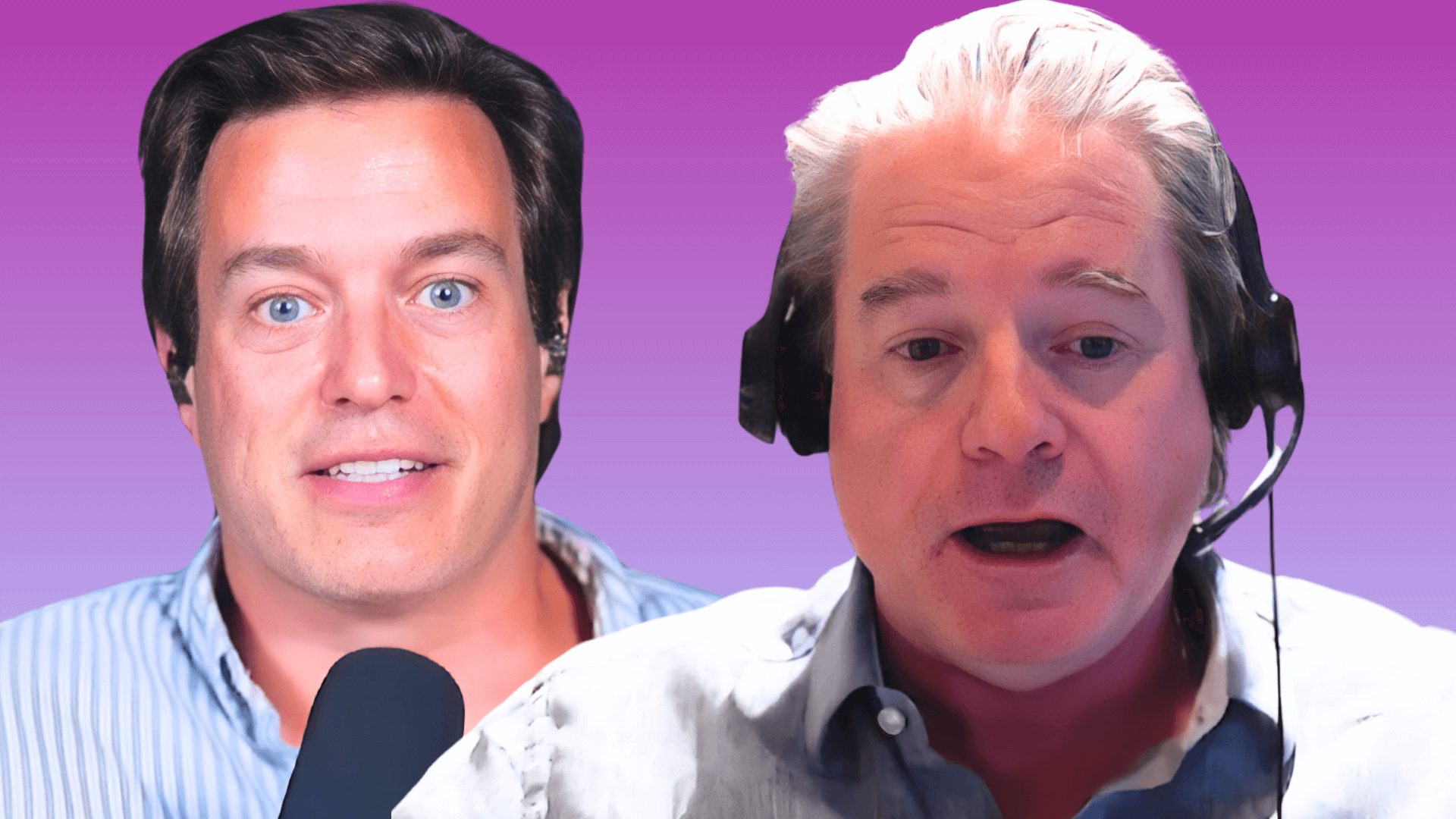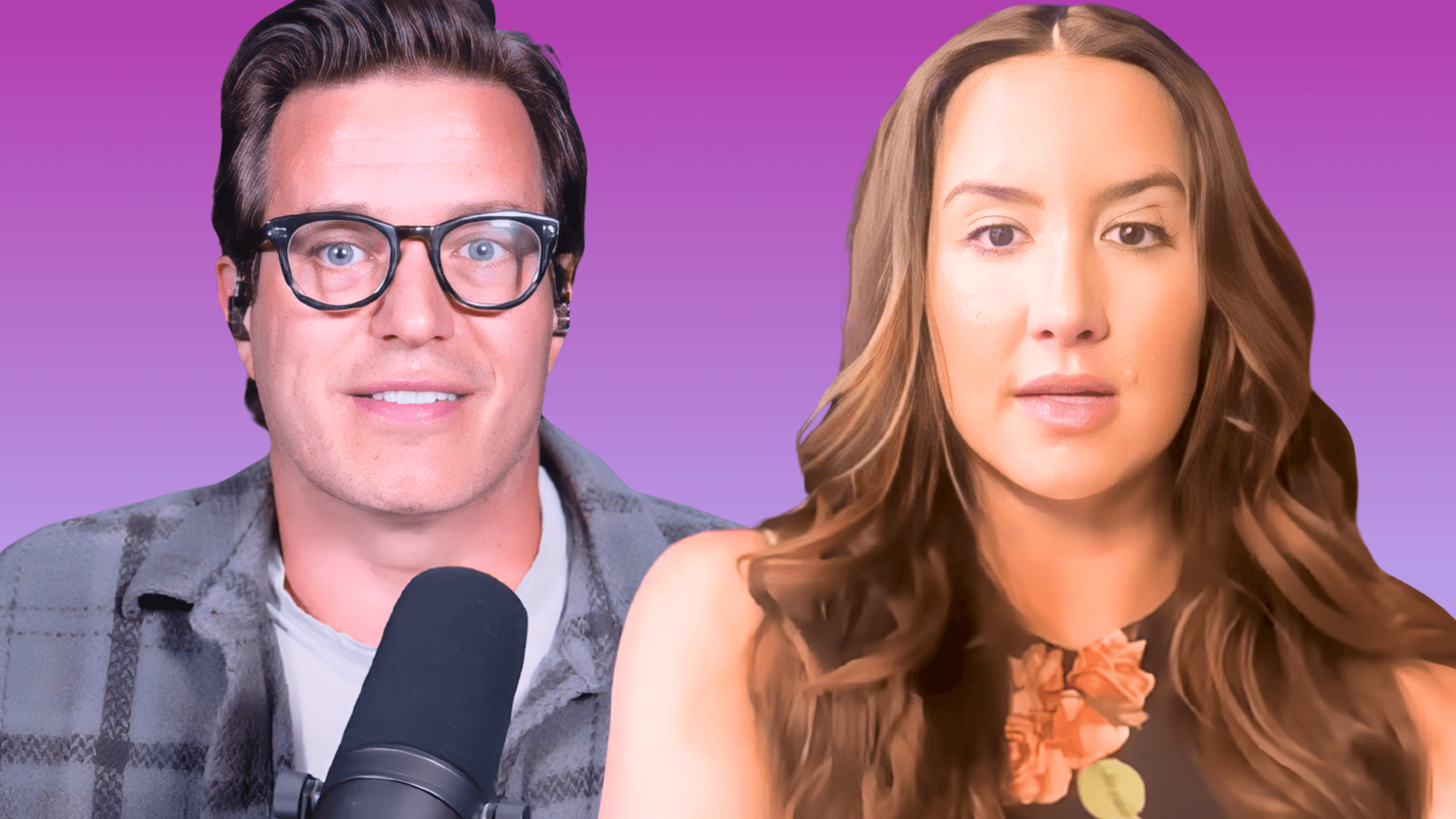Review by Brian McCarthy
Picture this: one month from now you find yourself more upbeat and energized as you go through your day. You’re sleeping better, are ten pounds lighter, and your skin is more clear and vibrant than ever. More time passes by you find you’re able to recover from sickness/injury quicker and stomach/muscle pains that used to bother you have disappeared. According to It Starts with Food: Discover the Whole30 and Change Your Life in Unexpected Ways, you can achieve all of that and much more just by changing your diet. The Hartwig’s encourage reverting to a form of the Paleo diet, which basically means eating the same stuff our caveman ancestors ate. By adapting to this diet you’ll feel better, look better, and live a happier and healthier life.
It Starts with Food: Discover the Whole30 and Change Your Life in Unexpected Waysisn’t just a book telling you what to eat and what to avoid. It does that (and goes into great detail sitting the scientific research that backs it up) but it also goes much further. Aside from breaking down why things like meat, nuts and vegetables are the only food you need; they challenge the reader to try this diet for 30 days so you can see the results for yourself. The first few days are all about cleansing your system, while in the last couple weeks your body gets used to the diet and you’re able to see all the positive effects that come from eating like a caveman.
What NOT to eat
Sugar
The book starts off by asking you to cut all the garbage from your diet. Not some, ALL. On the top of that list is sugar. Although sugar tastes great it adds nothing of value to your system. In fact, it only creates problems by making us fat and zapping our energy.
Sugar can be broken down by the body and used for energy more easily than fat. If there’s sugar in your system your body will break that down, meaning your body is not breaking down fat (for people looking to lose weight, that’s a problem). Additionally, although sugar consumption can provide a brief burst of energy it inevitably leads to a crash. As a result we end up feeling lethargic and tired at various points throughout the day.
Carbs
Carbohydrates also get the axe. The problem with carbohydrates is mostly the effect they have on our hormones. When we eat carbs (bread, rice, and other grains) the brain ends up sending and receiving the wrong signals. Keep in mind the whole point of eating is to get the nutrients/energy your body needs, and hunger is your body’s way of telling you “I need more nutrients/energy”. Since grains are not very dense in nutrients, we have to eat a lot more of them to get the good stuff our body needs. We end up overeating because it takes much longer for the brain to send out the “ok that’s enough” message since the body isn’t getting what it wants.
Another problem with carbs is that they are broken down similarly to sugar. They are broken down before fat, provide a quick burst of energy before making us crash, and whatever carbs are left over are then converted to fat (This is why calorie counting isn’t necessarily a great method for weight loss. It completely ignores the way food is broken down by the body). In short carbs cause us to eat more than we need but zap our energy so we’re too tired to burn off what we ate. The result is weight gain and bouts of sleepiness throughout the day (and these are just some of the problems carbs/sugar cause that the book mentions).
“But what about whole grains” you may ask. Even those are not nutrient-rich and everything healthy you can get from them you can also get from meat/veggies. Since grains are fucking up our hormones, we’re better off just cutting them off and getting those nutrients elsewhere.
Everything Else
The Hartwigs also advocate cutting out dairy, beans, alcohol, and everything else that isn’t ‘meat, vegetables, nuts, and maybe a little fruit’. The basic reason behind this is that all the healthy things your body needs that you’d get through something like milk (calcium, protein) can be obtained more efficiently through the right meats/veggies.
So then, with all those chunks taken out of the food pyramid (a pyramid which is pretty much B.S. if you believe the Hartwigs and all the research they use to back them up…which is quite a lot) we’re left with four basic food groups.
What you CAN eat
Meats
Red meats are okay (keep it lean), but really you should focus on fish, poultry, and eggs. If you’re worried about all that cholesterol that comes with filling up on eggs, don’t be. The majority of the cholesterol in our system is produced by our bodies. For very science-y reasons I won’t fully get into (but the Hartwig’s will), when we eat carbs/sugar our bodies end up creating extra cholesterol. Basically eating a lot of carbs/sugar has the additional problem of causing tissue damage. Our bodies produce this extra cholesterol in order to deal with all the havoc the excess carbs/sugar is having on our system. If we stop eating carbs/sugar our body can better regulate itself, won’t make as much cholesterol, and there’s no problem eating those eggs for breakfast.
Nuts
Sugar is a terrible source for energy and what our bodies should be burning is fat. During the diet nuts will serve as a great source for fat. Keep in mind eating fat is not what makes you gain weight. Eating fat along with lots of carbs/sugars so that fat never gets burned… that will make you gain weight. If our bodies are working efficiently then eating fat isn’t a problem and is in fact necessary to give you the energy you need for the day. It’s a better energy source because it provides a constant stream of energy so you don’t end up feeling groggy a few hours later (like you would after eating a lot of carbs).
Veggies
While nuts and meat give you the protein and fat you need, veggies give you everything else. The book details exactly which veggies to look for in order to get all the nutrients you need. Listing them here would take a while so let’s just move on with the understanding that veggies=awesome and you should eat as wide a variety of them as possible.
Fruit
Fruit has a lot of good stuff but the Hartwig’s argue that you can get all that same nutrients from the right veggies. Plus fruit has fructose and too much of it will cause the same problems that come with too much sugar (since it’s basically the same thing). However if you cut out other sugars then it’s unlikely that fruit alone will be enough to cause the types of problems mentioned earlier. So fruit is optional and if you want to have a serving or two a day it’s absolutely fine.
Enough Jibber Jabber, Bring on the challenge!
Once you start this challenge you don’t have to mess with meal times very much and can still have a base of 3 meals per day (eat big meals to limit snacking). Shoot to have a high protein breakfast within an hour of waking up so your body can start to process the fat/protein that will help you get a constant stream of energy throughout the day. If you’re hungry after a meal and want another serving they encourage you to wait about 20 minutes before having seconds. Waiting gives your body time to tell the brain you’re full, so you don’t end up overeating. (A benefit from following rules such as this when doing their challenge is you gain the ability to listen to your body and learn exactly what it does/doesn’t want)
There’s yet another cool outcome from this challenge. By cutting out the super-sweetened foods that have become a staple of the American diet you’ll also find that after a few days your taste buds become much more sensitive. Suddenly something like a carrot seems as though it’s packed with flavor, when just weeks earlier it tasted bland and boring.
Dealing with the challenging parts
“Please don’t tell us this program is hard. Quitting heroin is hard. Beating cancer is hard…drinking your coffee black. Is. Not. Hard…It’s only thirty days, and it’s for the most important cause on earth- the only physical body you will ever have in this lifetime” – It Starts with Food
Obviously, this challenge won’t be all sunshine and roses. After all, it’s called a challenge. There are going to be times you crave your old foods, especially the sugary ones. This has nothing to do with hunger, and more to do with habit. By giving in to the cravings you simply reward the cravings and they become stronger. Part of taking this challenge allows you to break that cycle of craving unnecessary foods. When you start to feel these cravings the best thing to do is eat protein. It’ll help you feel full and has a funny way of quieting that voice that’s been screaming for ice cream.
Craving old food isn’t the only issue. After the first few days you’ll be shitting up a storm. It won’t be pretty. You may find you’re often hungry, lethargic, and a little grumpy. That’s natural because this is such a big change for your body. Keep plugging away and as time goes on you’ll begin to see and feel a positive shift. About 15 days in you’ll feel more energized and begin to see just how much you’re old eating habits were zapping your energy and ruining your mood. You’ll be losing weight and feeling more fit and healthy. You may even find you’re sleeping better and your skin is clearing up.
Once you finish the 30 days it’s time to slowly re-introduce those old foods back into your system. There’s a whole step by step process outlined in the book so that you can introduce foods in a way that will help you see what effect each type of food has on your body.
Get the book
You no doubt have a bunch of questions about what you can/can’t eat and most likely disagree with some of the points mentioned about what is/isn’t necessary. I assure you the answers to any question you might have can be found by picking up a copy of It Starts With Food. They take their time explaining exactly what the ideal diet consists of and why that’s the case. It will give you all the information and motivation you need to start the challenge. They even throw in some recipes to make it that much more enjoyable.
The cool thing about offering this challenge is it means you don’t just have to take them at their word. You can actually experience the change and see the effect the diet has. In essence you turn yourself into an experiment and you find out what works for you. When it’s all done you’ll have developed good eating habits and as well as a higher sensitivity when it comes to listening to what your body needs. You don’t have to stick to it forever and the authors don’t expect you to. The idea is that moving forward you’ll have an easier time making smarter, healthier decisions when it comes to what to put in your body.
Side Note: My Experience
Someone posted this challenge on the AoC alumni FB page and a bunch of us ended up doing it. It wasn’t the easiest thing in the world. I know I could never really feel full for more than a half hour at a time and it was annoying having to be super selective when out eating with friends (and being DD for a month). However the positives far outweighed the negatives. Across the board the AoC guys were happy with the results. I know I lost weight (15 pounds even though I was actively trying not to lose weight), found a few ab muscles I didn’t know existed, had way more energy, my skin looked better than ever, and I developed new eating habits that have stuck (turns out kale is pretty good, who knew?).
One funny thing I didn’t expect from the challenge came after my 30 days were up. I had been craving pizza all month and finally let myself have some. In my head I was going to stuff my face and finish it off but after 2 pieces I realized that I didn’t even want it anymore. Clearing out my system changed my response to food and my stomach wanted nothing to do with all this bread and cheese. It was basically yelling “what the fuck are you eating this shit for!?” The fact that I’d pass up pizza in favor of salad was something I never thought I’d do. Sucking it up and doing the challenge taught me way more about my body and the effects food has on me than I ever expected.
Get your copy of It Starts with Food: Discover the Whole30 and Change Your Life in Unexpected Ways | Amazon





